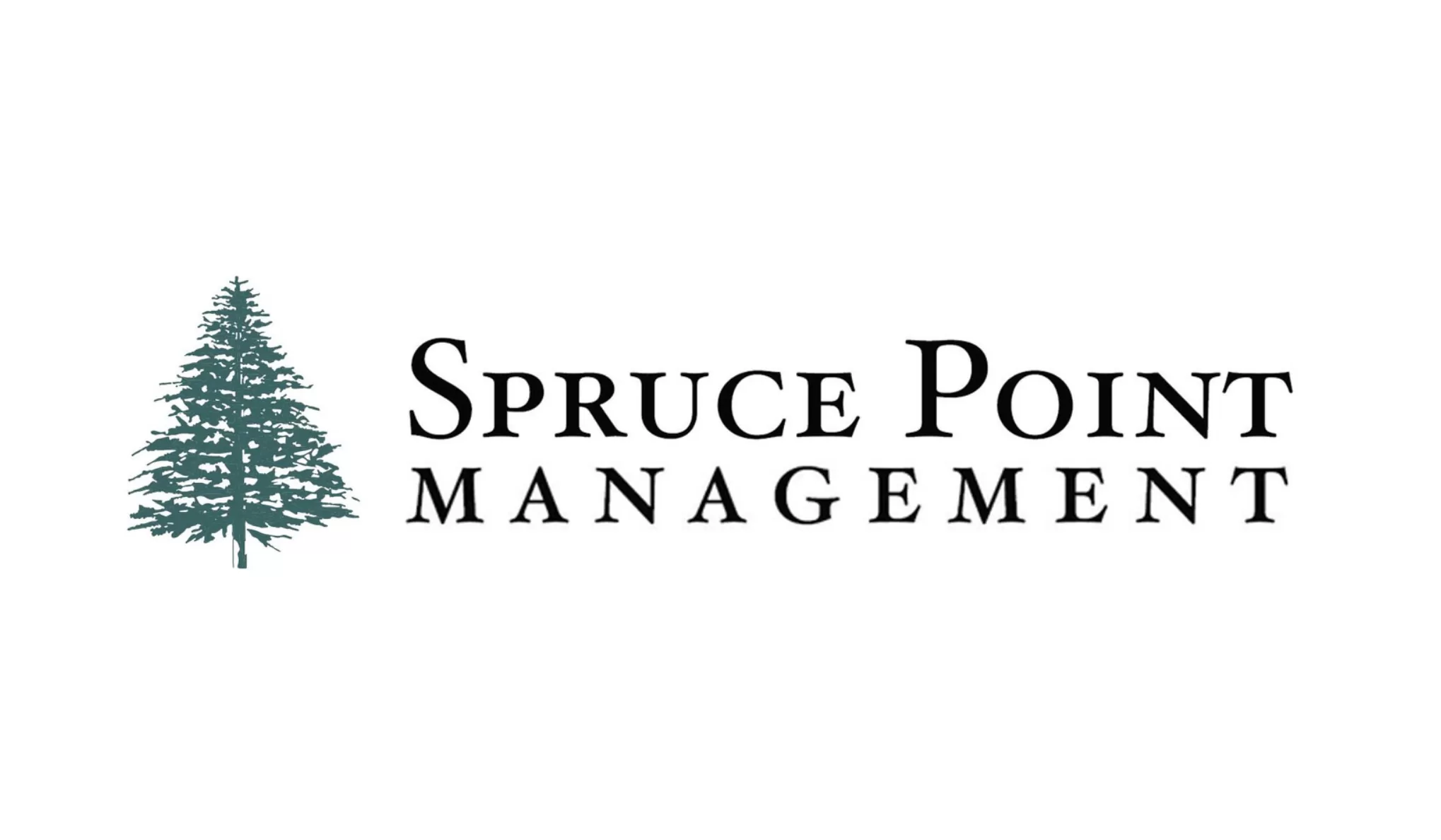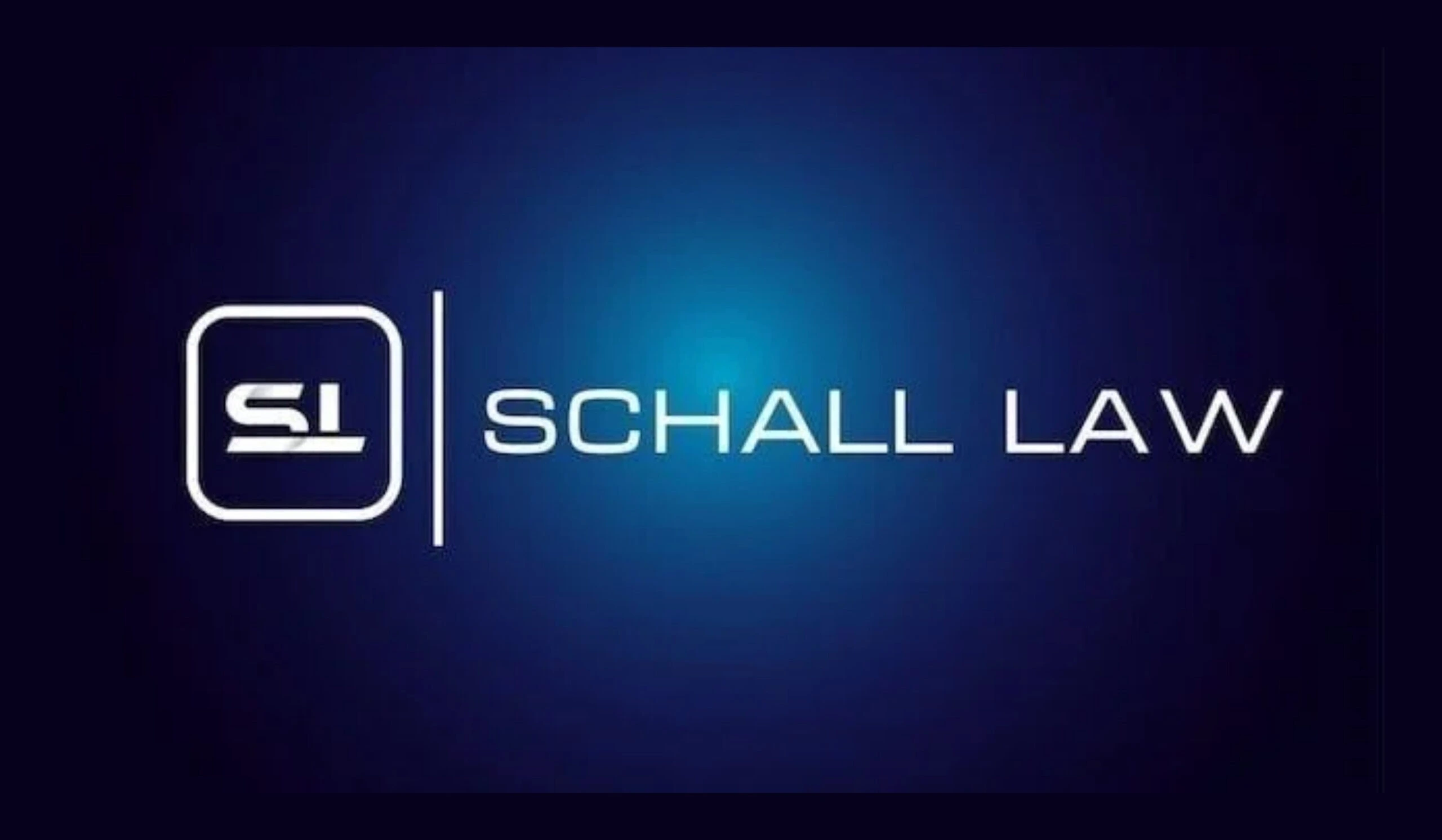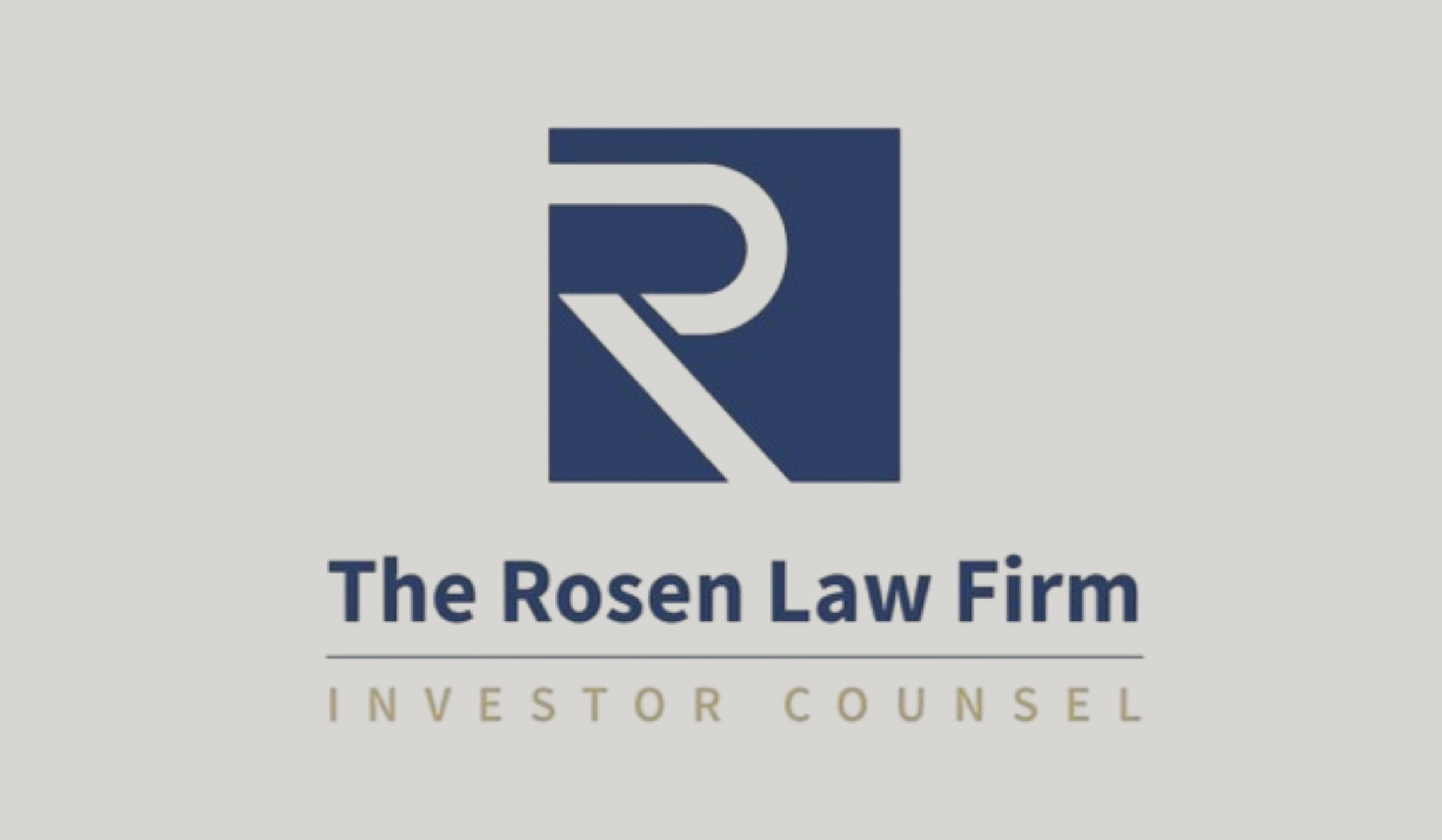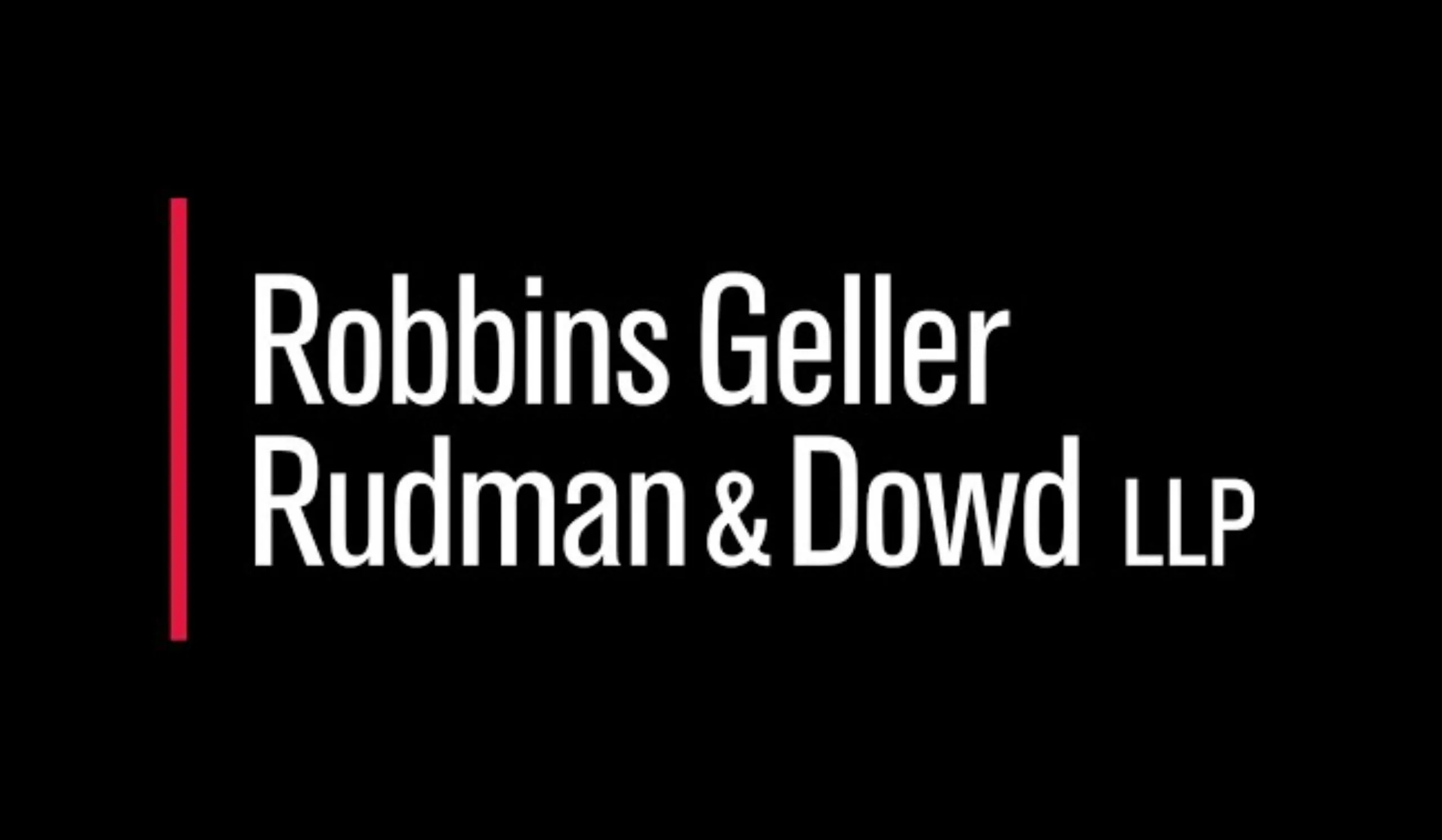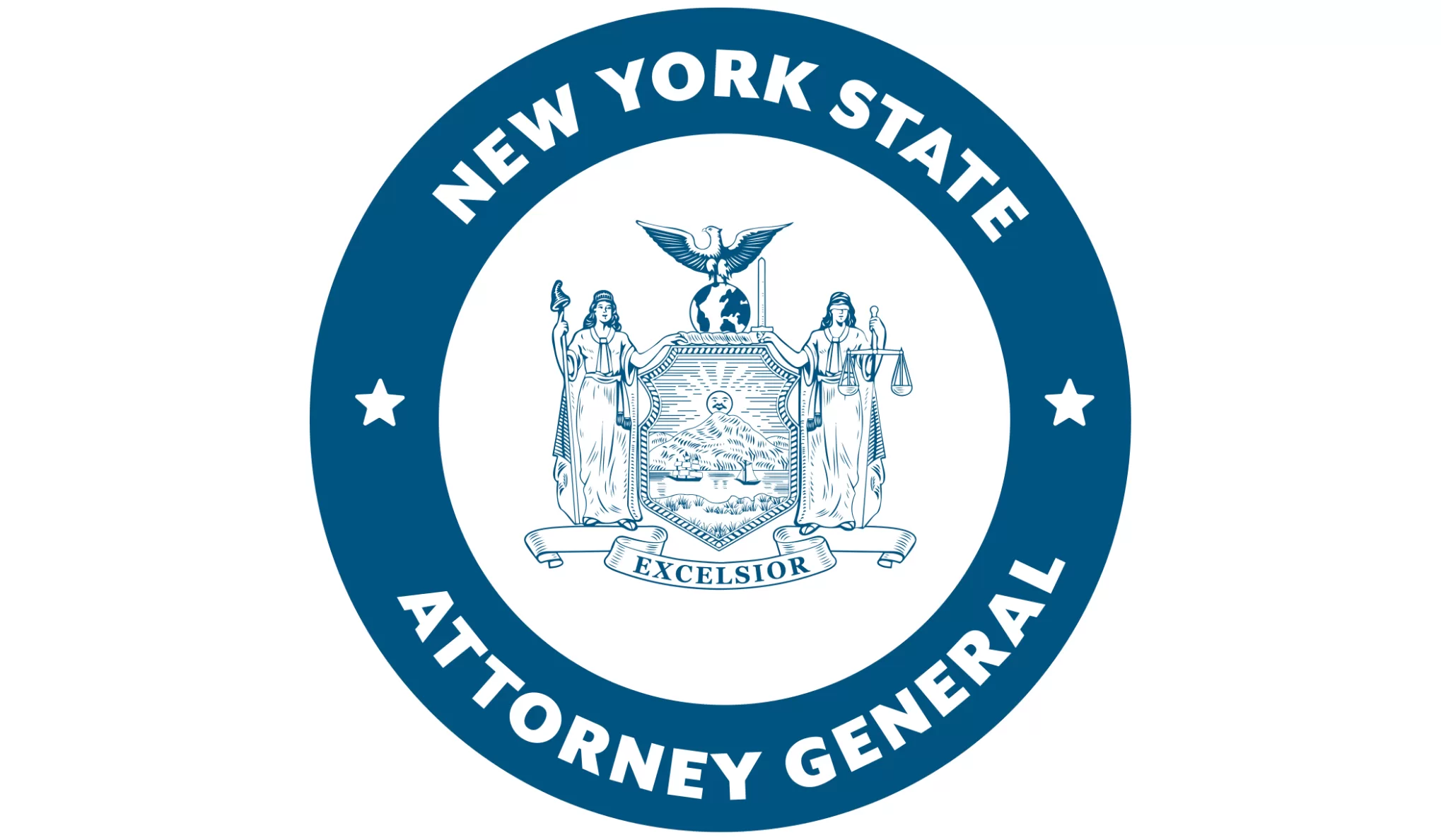By US~Observer Staff
The Tea Party experience has shown us how the Obama Administration is willing to abuse the good offices of the IRS to punish its enemies. But did they go further, using the IRS to reward and defend its “friends” for private gain, to the detriment of common citizens? After you’ve read this story, perhaps you will agree with Yogi Berra when he observed, “some things are just too coincidental to be coincidence.”
Charles Sisson and his wife’s 5 year-and-counting “second” ordeal with the IRS began in February 2009, very interestingly only a few weeks after the Obama Administration took office, just long enough for a new political appointee to prioritize some tax audits. In addition to its timing, the letter informing the Sissons they were being assessed two hundred thousand dollars in unpaid tax liabilities in the years 2005-7 was remarkable for several reasons reported to us:
1. The amount of additional tax liabilities claimed exceeded their income for these years, let alone their taxable income, making IRS claims preposterous.
2. The assessment was issued by Tia Thomas in the District of Columbia IRS office, which had never contacted the Sissons before. All their previous contact with the IRS, including two previous tax audits, in the over thirty years they had filed as Virginia residents had been with the Northern Virginia regional office. Interestingly, the law firm representing the plaintiff in a recently concluded D.C. civil lawsuit that ended disastrously for the Sissons (more about shortly) is well-known for having considerable political clout in the District and virtually none elsewhere.
3. Whereas the two previous tax audits (in over thirty years) were rapidly and harmoniously resolved by audit reconsideration (as IRS Publication 1 states is every taxpayer’s right), on this occasion the IRS denied mediation and insisted the Sissons could only appeal its unilateral determination to the U.S. Tax Court. The Sissons were soon to learn why the IRS was determined to proceed exclusively through the Tax Court.
According to the Sissons, they duly filed with the Tax Court, yet when they received the next notification it was a court order informing them a hearing had been held on March 5, 2011. In their absence, trial Judge Stephen J. Swift had found in favor of the IRS, so they now owed the IRS over two hundred thousand dollars. The Sissons were outraged that they had never been informed of the hearing to give them an opportunity to defend themselves.
The Sissons immediately set out to appeal the decision, but did not anticipate how devotedly Judge Swift would support IRS interests. At the hearing Judge Swift accepted, without evidence, IRS assurances that taxpayers had been informed of the hearing when they hadn’t, and now was indifferent to the taxpayers’ attempts to appeal his decision, twice refusing to docket their appeal, claiming they contained technical errors, and then waiting six months to rule on it.
It’s hard to attribute motive to what any person does, but the inaptly named Judge Swift’s delays certainly supported the IRS. It could then ignore the merits of the case–the fact that the Sissons didn’t have any taxable income during the period–to argue that (because the judge refused to docket taxpayers’ first two submissions) more than 90 days had passed from the decision, so the statute of limitations applied and the ruling was final. The judge couldn’t agree more, and denied the Sissons’ appeal. The IRS took this as a green light to collect the judgment, and even though the decision wasn’t final until the U.S. Court of Appeals ruled on the Tax Court’s decision, immediately set liens on their property to force their sale. The Sissons ultimately had to initiate a second lawsuit with the Tax Court to halt these collection activities. Even after the court agreed to a stay, the IRS sent one of its collection agents out to the Sisson residence to inform them they should sell their home to pay the judgment, even though it was by then officially under review.
When the appeal was heard by the 8th Circuit out in St. Louis, where judges can afford to be honest, the Sissons’ cry for justice was heard.
During these proceedings the IRS missed a statute of limitations deadline and IRS Counsel Melissa Briggs reportedly filed a false affidavit swearing the delay was due to work pressures. Unfortunately for the IRS, the time dating on the document submitted proved the IRS had forgotten to process the appeal until after the statute of limitations already expired.
The panel of justices hearing the appeal at the 8th Circuit Court of Appeals, Judges Bye, Gruender, and Benton, made short work of IRS shenanigans/efforts to obstruct justice, noting that the court had a long and proud record of deciding issues on their merits, and the intent and purpose of Sissons’ appeal was clear and obviously submitted within the 30 day period the court must hear appeals. They vacated Judge Swift’s denial of their appeal and remanded the case back to the Tax Court with instructions to hear the motion on its merits. The decision also pointedly noted that the Sissons would be entitled to appeal that decision if they did not agree with it.
Thoroughly rebuked, the Tax Court granted their appeal, but its decision also provided for the IRS to refile its claim if it chose to do so. The second Tax Court case, to stop the IRS in its collection efforts, was rendered moot once the judgment in the first was voided and the presiding judge closed that case June 5, 2013, also noting that the IRS retained its right to pursue its case.
The IRS didn’t take long for a second bite at the apple. The Sissons began to organize their defense. According to Charles Sisson, “I immediately remembered the comments made by IRS Counsel at the one and only opportunity we ever had to interact with the IRS, at the June 5, 2012 Tax Court hearing in the collection review case. The presiding judge had gotten distinctly frosty with the IRS Counsel Richard F. Stein, who was inevitably but inarticulately opposing any delay in the collection proceedings.”
Reportedly, Stein was unable to answer any of the judge’s queries why a delay would be inappropriate, especially when the Judge opined the Appeal Court likely would approve the Sissons’ appeal (he clearly had done some homework). According to witnesses, Attorney Stein defended the IRS’s knee-jerk opposition to the stay by telling the judge that this case was being directed by somebody at the very top of the IRS hierarchy, the very top, whose involvement made other opinions irrelevant. The judge pursued his inquiry by asking Attorney Stein if he had no position, perhaps the judge should call upon the IRS official who did to answer his questions, which was even less palatable.
Anticipating that this line of inquiry could answer many of Sissons’ questions as to the origins of this IRS witch-hunt, they were sorely disappointed when they obtained a copy of the trial transcript only to find that it had no reference to this dialogue, save the nondescript statement that attorney Stein said he was just following orders. The Sissons immediately acted to get the transcript corrected, thinking that it could serve as an avenue of inquiry as to why the IRS would be persecuting such a frivolous case.
According to Sisson, “we determined that a copy of the audio tape of the hearing existed, then asked Jennifer Levy with the Tax Court, how to go about getting the transcript corrected. We were shocked to learn from her, after she had consulted with her colleagues that once a case was closed there was no provision for correcting the record.” Still not willing to take no for an answer, on August 16, 2013 the Sissons wrote presiding Judge Robert N. Armen, Jr., asking for his help in obtaining an accurate transcript.
Sisson recalls, “We waited impatiently for Judge Armen’s response to the letter we had hand delivered. Finally on September 5th Ms. Levy called to inform us that Judge Armen wouldn’t be answering our letter, but we should submit a motion asking for the transcript to be corrected. So, we did. We even filed a motion to be heard ‘out of time’ as instructed by the court. On November 5th we were told the motion to correct the transcript was moot, as the case had already been closed and that the motion to be heard ‘out of time’ was denied, so he wouldn’t have ruled on the transcript issue anyway.”
In his decision, Judge Armen reportedly took care to precisely identify when the statute of limitations applied: September 4th, exactly one day before Ms. Levy allegedly informed the Sissons Judge Armen recommended they file their motions. His decision clearly put the onus on taxpayers for denying their motion, admonishing them for not acting sooner. According to Sisson, “this completely and deliberately ignored the earlier contacts we made with Tax Court staff and the letter we sent him – nearly three weeks prior to the deadline. And the request for a corrected transcript was hardly moot, as it directly related to our tax case the IRS refused to terminate!”
What’s happened to the IRS threat to pursue their claims in Tax Court? Before the rescheduled case could be heard, they asked for a continuance, claiming they couldn’t locate their records. The date for the rescheduled hearing has come and gone without comment. The IRS is not an agency to admit it is wrong, and far prefers to just ignore and conceal its mistakes, especially when they are epic in scope and execution, just look at the amount of “lost” emails they are claiming in the current Congressional investigation.
It seems pretty obvious why the IRS got the Tax Court involved; it needed unwavering support. But why throughout this five year ordeal was the IRS so determined to prosecute a patently frivolous lawsuit, trying to impose tax liabilities never owed? It’s hard to imagine these proceedings were due to federal employee incompetence.
The Sissons wish they could believe incompetence caused the incredible waste of time and stress they endured, not to mention the difficult financial position they would have been in had the IRS prevailed. The incredibly more disturbing possibility is that this was a case of how the IRS has been politicized under the Obama administration, a powerful federal agency Shanghaied to support its political objectives and reward its friends. In this case, its immense power abused to further enforce other government agencies who have already demonstrated their willingness to obstruct justice and erode the very administration of justice for private gain.
The US~Observer has already chronicled how a federal court abused its good offices, and the presiding judge allegedly willingly lied to ensure that a politically powerful law firm won a very dubious decision against Charles Sisson who was a defendant in the case. That court confiscated a lifetime of savings earned by Sisson’s hard work. The presiding judge in that case was Rosemary M. Collyer.
Judge Collyer designated the plaintiff’s foundation witness an “uncompensated fact witness” to promote the integrity of his testimony. When it was discovered, just before the trial began, that he and the plaintiff were secretly business partners, Collyer refused to allow the concealed relationship to be entered into evidence or used in examination of the witness – even though six witnesses were found who averred (three provided sworn affidavits) the plaintiff had bribed him and purchased his testimony; worse, several heard the foundation witness say the law firm knew of the arrangement, implicating them in the felony. Among other ‘impressive’ rulings by Collyer, she also credited the early testimony from a witness for the plaintiff, rather than the evidence he provided after the defendant’s counsel had an opportunity to ridicule the witness’s statements in cross-examination, effectively denying defendant his Constitutional right to confront his accusers. She also relied on the plaintiff’s foundation witness as her solitary source of evidence, calling his a “crucial” witness who provided “critical” evidence for the plaintiff. Then, after the trial, she dismissed him as “irrelevant” to her decision to avoid opening an investigation.
You might think that an Appeals Court would find these actions disturbing, but not the District of Columbia Circuit, the so-called court of future Supreme Court justices. The panel of justices (Henderson, Rogers, and Kavanaugh) readily—perhaps even eagerly—concurred that it didn’t matter if the only witness for the plaintiff were secretly getting a quarter of any award while he was pretending to be uncompensated for the testimony he was providing, and the law firm was complicit in this arrangement. No conflict of interest there… So much for the administration of justice in America.
The most amazing aspect of this blind and unflinching support for the law firm that had garnered such an amazing decision was its comparison with another, similar case about the same time in the same legal jurisdiction, but this time where the law firm at issue represented the defendant instead of the plaintiff. This was, of course, the much more famous bribery case of Alaskan Senator Ted Stevens, who was found guilty on corruption charges just before he stood for re-election, and as a result was narrowly defeated, by a few hundred votes.
His conviction was subsequently overturned, but of course the election results were final, swinging control of the Senate to the Democrats by a slim majority. It is instructive to study how the decision was reversed. The law firm was able to show willful concealment of evidence in the testimony of a prosecution witness, presiding Judge Sullivan called the worst he had ever seen. Attorney General Holder immediately agreed, and declared a mistrial and proclaimed the Department of Justice would not pursue the case further. Four prosecuting attorneys were investigated on charges of obstructing justice in the matter. One of these, Nicholas Marsh, was a young agent who looked set to have a long and distinguished career at the Department of Justice, and had set his goal to become a federal judge. He was widely respected, and according to those who knew him, could never accept the fact that anyone would think he would deliberately try to win a corrupt decision. He ultimately committed suicide, hanging himself; despondent over the malicious charges raised again him. America lost one of its best and brightest, but the law firm again prevailed over an adversary who was publicly recognized as a man of integrity.
So why were the Sissons subjected to such intense scrutiny, with the IRS determined to use all means at its disposal, fair or foul, to collect revenues it had to know were never owed? The process certainly diverted the Sisson’s scarce resources of time and money to the immediate problem of protecting their home from confiscation rather than attempting to draw attention to the lawsuit that put them in such dire straits. And why would the Tax Court judges misrepresent the facts in the cases they sat in judgment of? Were they “ensuring that justice was done” or was the process more importantly a way to use government authority to cover up illegal proceedings in the earlier trial? Were they attempting to protect the law firm that was so vulnerable to censure over the way it conducted a simple liability case? Was this “payback” for defendants that refused to accept a rush to judgment as they continued to pursue justice, even if it meant calling judges liars when they lied? We think so.
The events discussed here should have created a major scandal. The fact that they didn’t and that events were carefully suppressed is an even bigger one.
